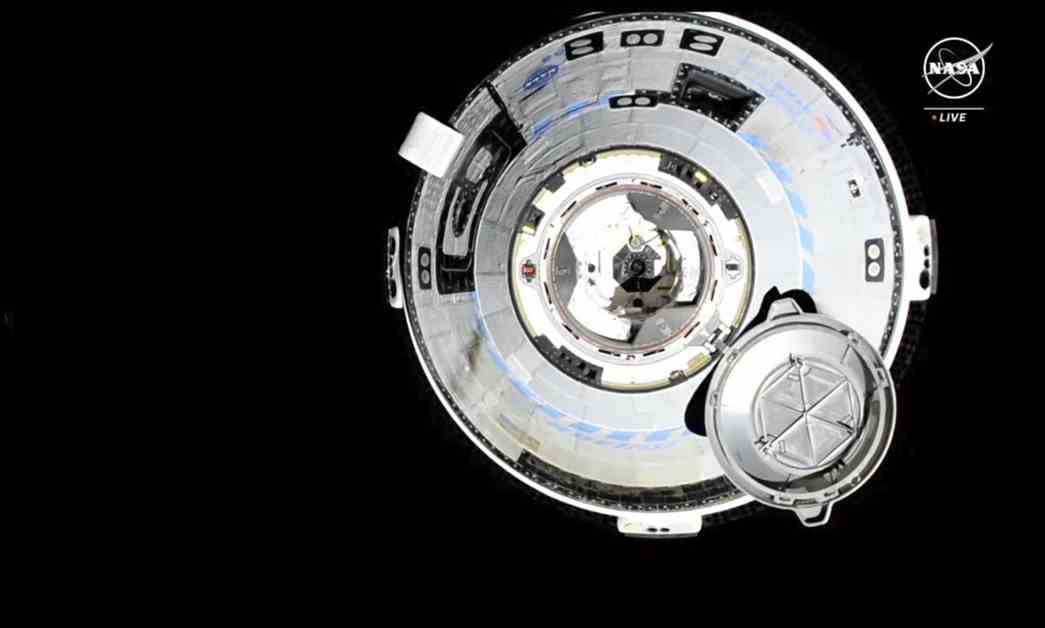Boeing’s new astronaut capsule successfully docked with the International Space Station after encountering thruster trouble, causing a delay in the docking process. The Starliner spacecraft faced multiple challenges, including a helium leak and thruster malfunctions, during its journey to the space station.
Despite the initial helium leak and subsequent thruster issues, NASA and Boeing teams worked together to address the problems and ensure the safety of the astronauts on board. The capsule’s propulsion system was successfully managed, allowing the astronauts to proceed with the docking process.
Boeing’s Starliner capsule, launched atop an Atlas V rocket, lifted off from Cape Canaveral Space Force Station on a mission to the International Space Station. The spacecraft carried two NASA astronauts, Butch Wilmore and Suni Williams, who were set to conduct tests and experiments during their time at the space station.
The thruster malfunctions were a cause for concern, but the astronauts were able to restart three of the four affected thrusters, providing a sufficient safety margin for the docking procedure. Despite the setbacks, the capsule successfully docked with the space station over the Indian Ocean after circling the Earth for an additional hour.
Boeing spokesperson Jim May reassured that the helium leaks did not pose any safety risks for the astronauts or the mission. The capsule was equipped with enough helium reserves to compensate for the lost gas, and the propulsion system would be disabled once docked at the space station.
NASA had contracted Boeing and SpaceX to transport astronauts to and from the space station following the retirement of the space shuttles. While SpaceX began its taxi service in 2020, Boeing faced delays due to safety concerns and technical issues. The successful docking of Boeing’s Starliner capsule marked a significant milestone in the company’s efforts to support NASA’s space missions.
Boeing plans to keep the Starliner capsule at the space station for at least eight days before guiding it to a landing in the western United States. The mission’s success highlights the collaborative efforts of NASA and commercial space companies in advancing human space exploration.
Overall, the challenges faced during the Starliner’s journey to the space station underscore the complexities of space travel and the importance of effective problem-solving in ensuring the safety of astronauts and the success of missions. The successful docking of the capsule represents a significant achievement for Boeing and a step forward in the future of space exploration.
















